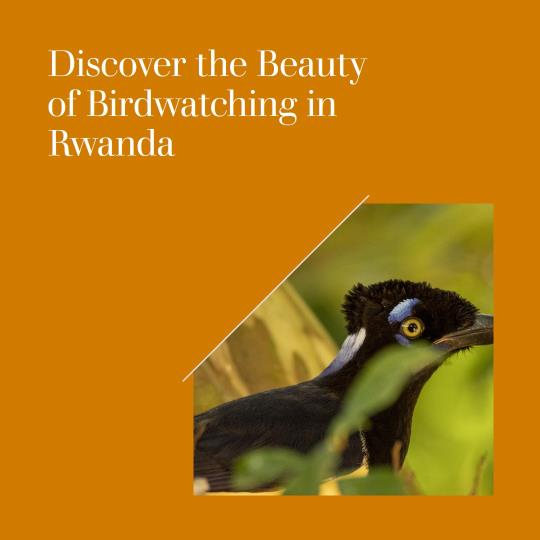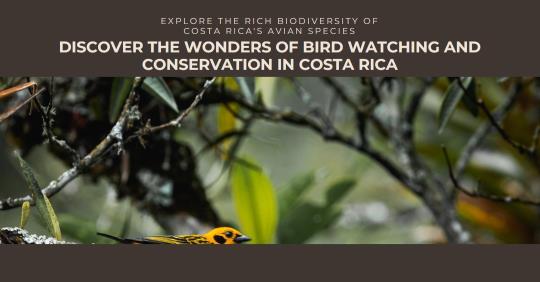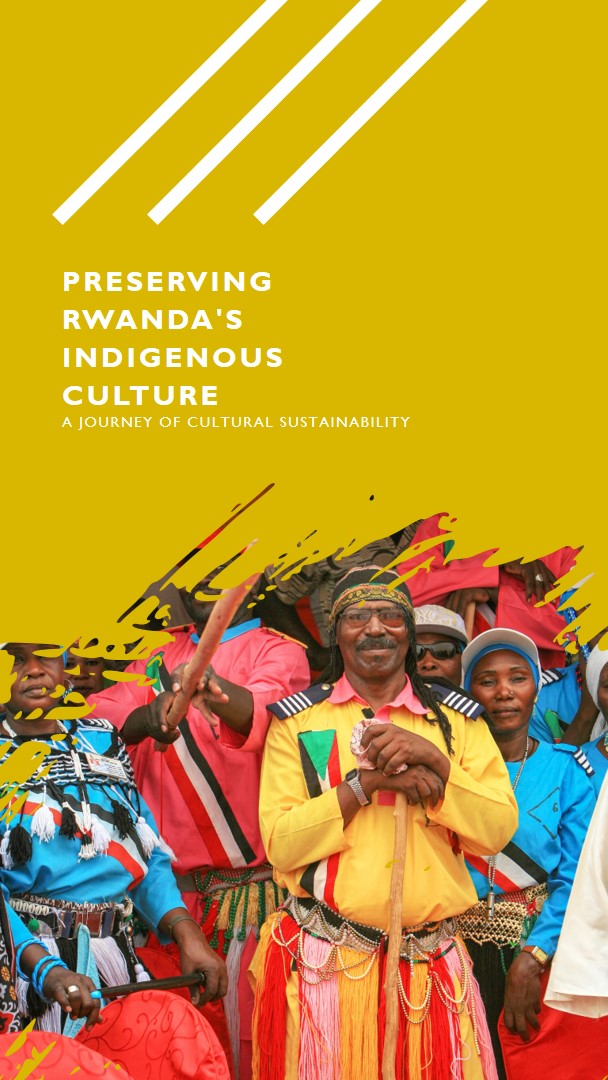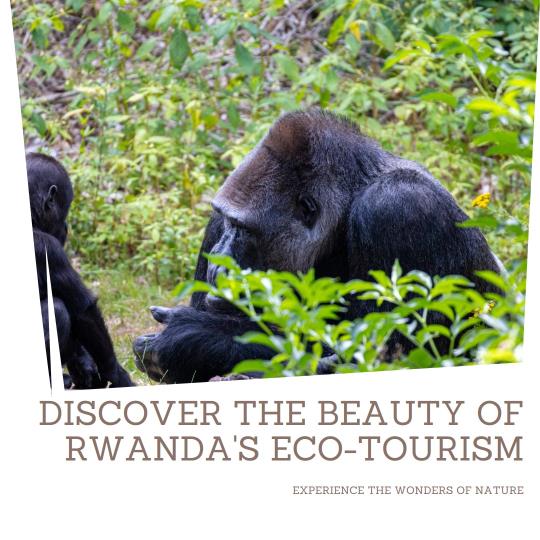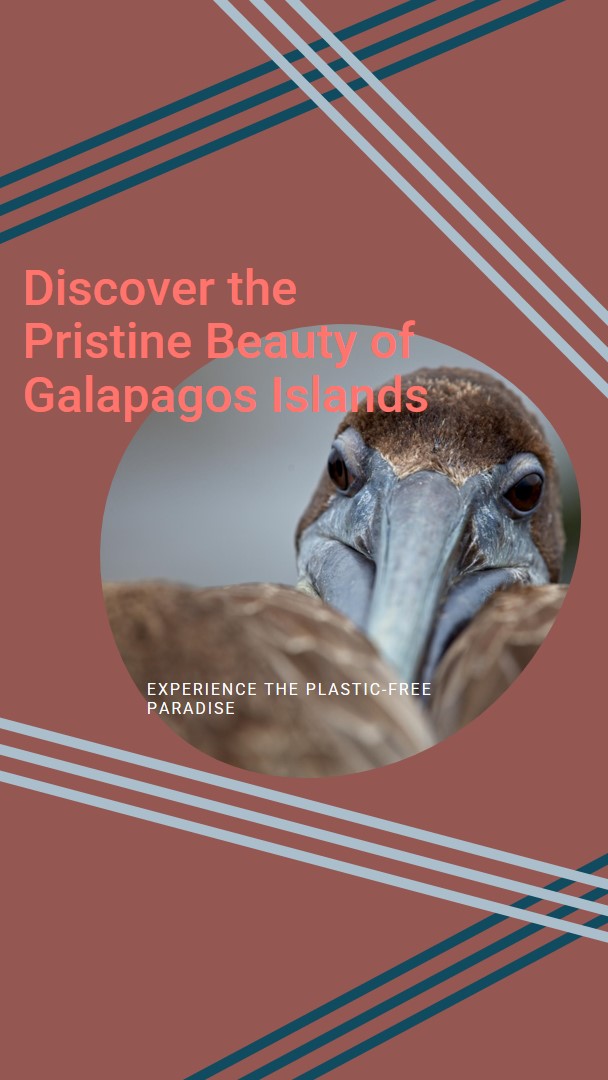Gorilla Trekking in Rwanda
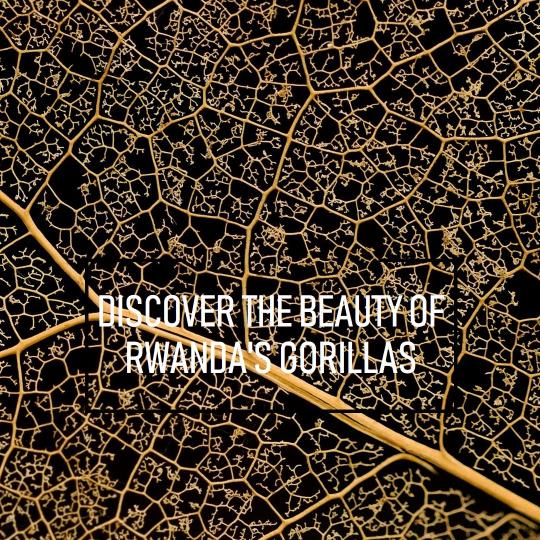
🦍 A Sustainable Adventure 🌿
Nestled in the heart of Africa, Rwanda is a country renowned for its breathtaking landscapes, vibrant culture, and remarkable wildlife. One of the most exhilarating and eco-conscious adventures one can experience in this remarkable nation is gorilla trekking. This article explores the fascinating world of gorilla trekking in Rwanda and how it contributes to sustainable tourism and conservation efforts.
🌍 Rwanda’s Pristine Wilderness 🏞️
Rwanda’s lush forests, rolling hills, and diverse ecosystems provide the perfect habitat for one of the world’s most endangered species, the mountain gorilla. These majestic creatures reside in the Volcanoes National Park, a protected area that spans Rwanda, Uganda, and the Democratic Republic of Congo. The park’s boundaries encompass a stunning landscape of bamboo forests, meadows, and volcanic peaks.
🦍 The Mountain Gorillas 🦍
The star attractions of Rwanda’s Volcanoes National Park are undoubtedly the mountain gorillas. With only a few hundred individuals left in the wild, encountering these incredible primates is a rare and awe-inspiring experience. Trekking through the forests to observe them in their natural habitat is a privilege few can forget.
🌱 Sustainable Tourism: A Win-Win 🌍
Rwanda has become a shining example of sustainable tourism through its gorilla trekking programs. By carefully managing visitor numbers and adhering to strict conservation guidelines, the country ensures that the gorillas and their habitat remain protected while offering a unique experience to tourists.
🌳 Conservation Efforts 🌿
A significant portion of the revenue generated from gorilla trekking permits goes directly into conservation efforts. These funds support anti-poaching patrols, habitat preservation, and community development projects. Local communities are also encouraged to actively participate in conservation initiatives, which not only benefits the gorillas but also improves their own livelihoods.
📜 Permit System and Regulations 🧾
Gorilla trekking permits are limited in number and are essential for anyone wishing to embark on this incredible adventure. The permit fees are relatively high, reflecting the value placed on gorilla conservation. These fees contribute significantly to the protection and preservation of the gorilla population.
🤝 Community Involvement 🤗
Rwanda’s approach to gorilla trekking involves the active participation of local communities. Through revenue-sharing programs, communities living near the national park receive a portion of the income generated from tourism. This incentivizes them to protect the gorillas and their habitat, fostering a sense of stewardship and cooperation.
🌅 The Trekking Experience 🚶♂️
Gorilla trekking in Rwanda is an adventure like no other. Trekkers venture into the lush forests, guided by experienced rangers who track the gorillas’ movements. The journey can be physically demanding, but the thrill of encountering these incredible creatures makes every step worthwhile.
📷 Capturing Memories 📸
While visitors are allowed to spend a limited time with the gorillas, the memories created during this encounter are priceless. Photographers and wildlife enthusiasts have a unique opportunity to capture the beauty and behavior of these gentle giants in their natural habitat.
🌄 A Life-Changing Experience 🌟
Gorilla trekking in Rwanda leaves a lasting impact on those fortunate enough to undertake this journey. It fosters a deep appreciation for the importance of wildlife conservation and sustainable tourism practices, making it a life-changing adventure for many.
Why is gorilla trekking in Rwanda sustainable?
gorilla trekking in Rwanda is sustainable because it is strictly regulated and managed by the Rwandan government. Only a limited number of visitors are allowed to trek with the gorillas each day, and trekkers must follow strict guidelines to minimize their impact on the gorillas and their environment.
In addition, the revenue generated from gorilla trekking is used to support gorilla conservation and local communities. For example, the Rwandan government provides compensation to farmers whose crops are damaged by gorillas. This helps to reduce conflict between humans and gorillas and encourages local communities to support gorilla conservation.
What to expect on a gorilla trek
Gorilla treks typically begin early in the morning, when the gorillas are most active. Trekkers are led by experienced guides and trackers who know the gorillas and their movements. The trek can take anywhere from a few hours to a full day, depending on the location of the gorillas.
Once the gorillas are found, trekkers are allowed to spend up to one hour with them. This is an incredible opportunity to observe these gentle giants in their natural habitat. Trekkers can see the gorillas eat, play, and interact with each other.
Tips for a sustainable gorilla trek
- Book your gorilla trekking permit in advance.
- Choose a responsible tour operator.
- Follow the instructions of your guide.
- Keep your distance from the gorillas (at least 7 meters).
- Do not make loud noises or sudden movements.
- Do not litter.
🌿 Conclusion 🌍
Rwanda’s commitment to gorilla conservation through sustainable tourism is a beacon of hope for the future of these magnificent creatures. Gorilla trekking not only offers an unforgettable experience but also contributes significantly to the preservation of one of Earth’s most endangered species. By supporting Rwanda’s eco-conscious approach to tourism, visitors become active participants in the noble cause of gorilla conservation. It’s a journey that leaves a footprint of compassion, respect, and a brighter future for the mountain gorillas and the beautiful land they call home. 🦍🌿🇷🇼


